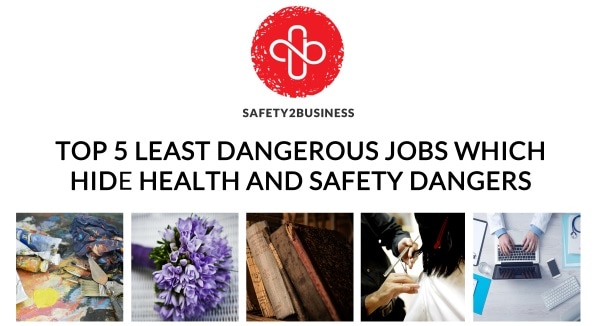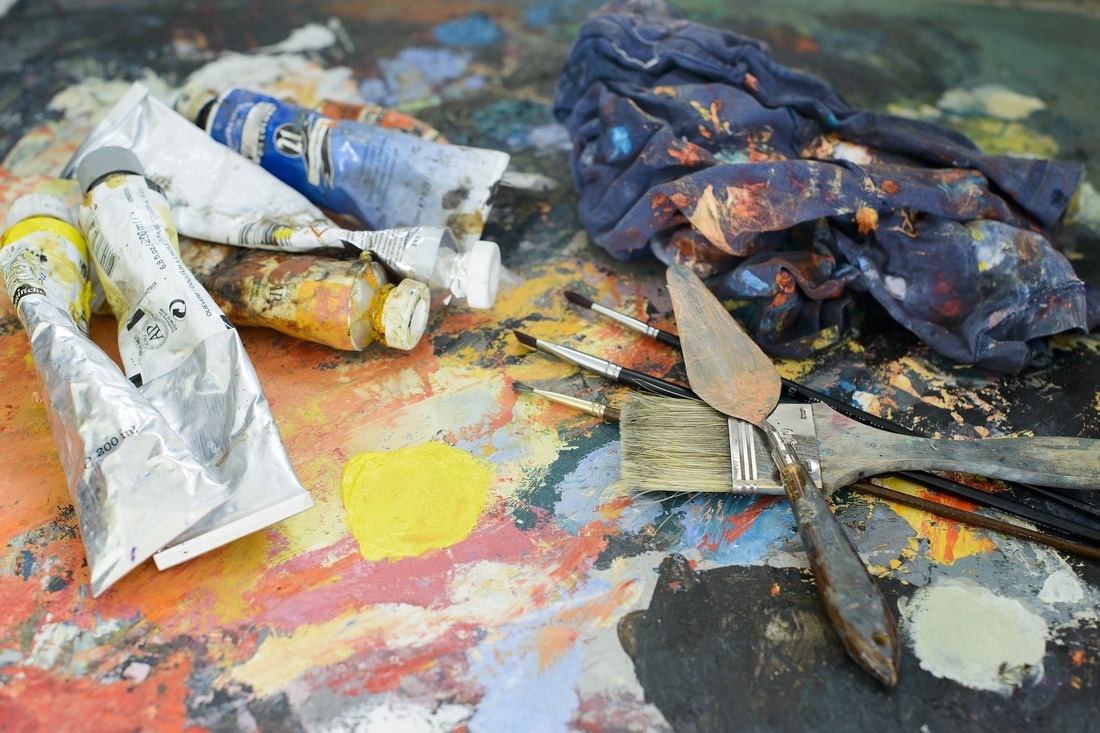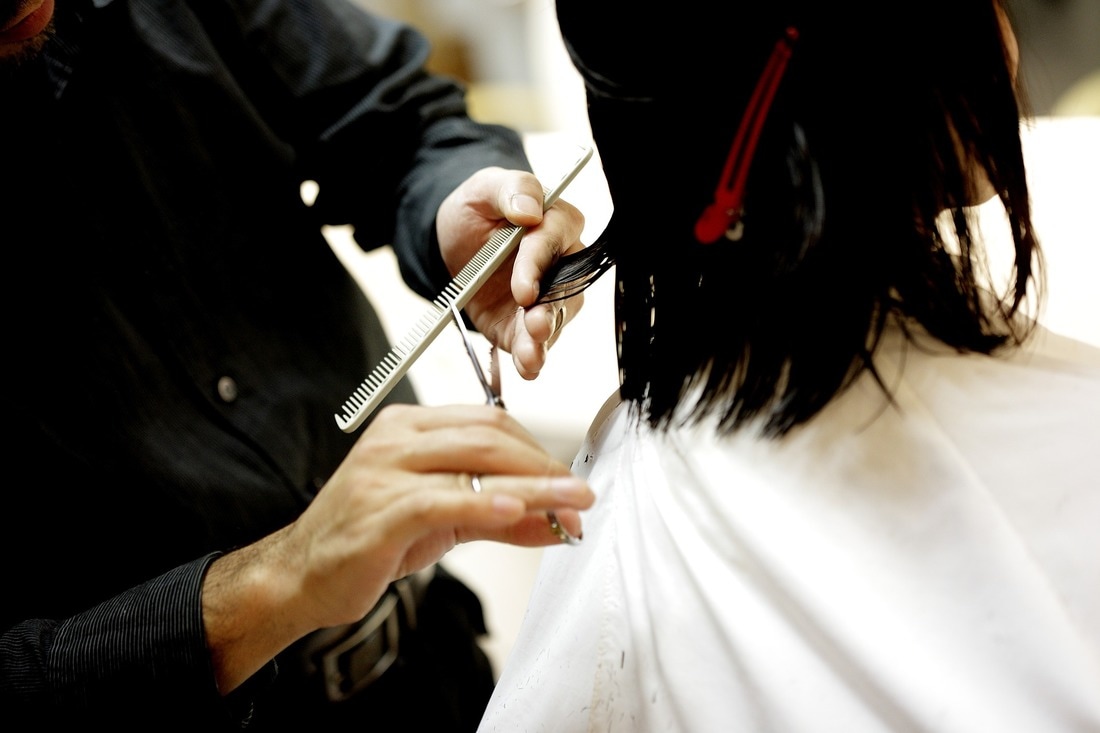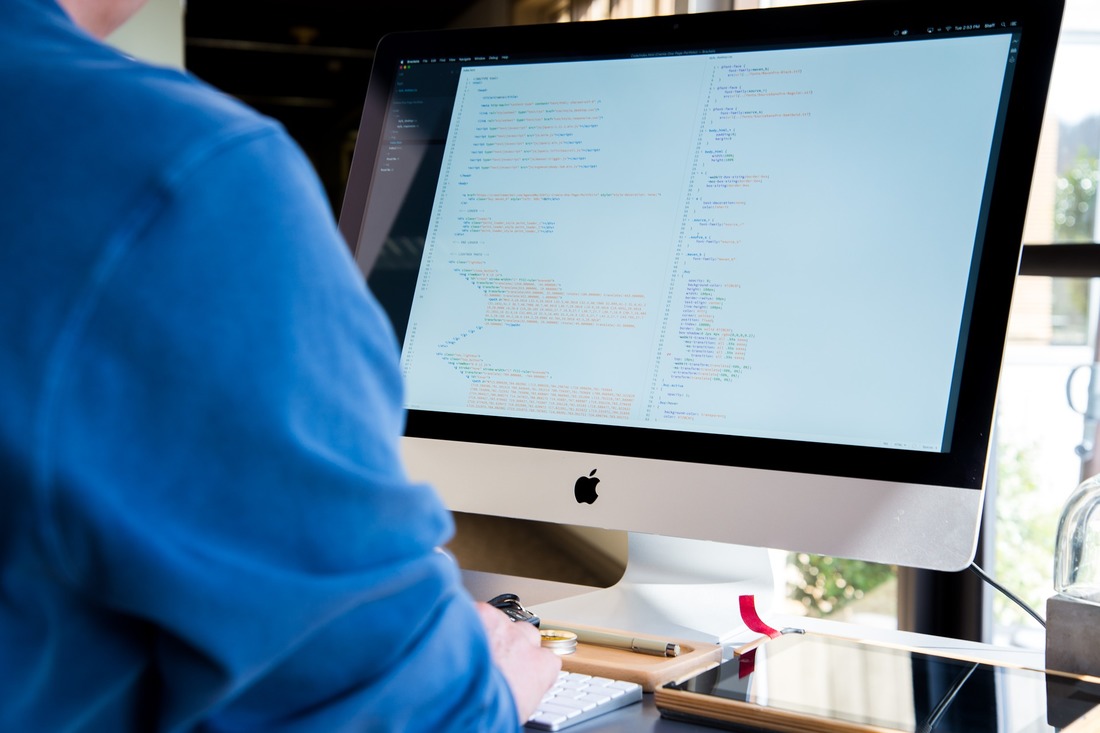|
Living in a fast-moving society where circumstances change in a very short order, it can be a challenge to choose a profession that is going to satisfy you for the rest of your life. However strange this might sound, it is a lot like picking the right partner and getting married. The career paths that we choose to pursue often turn out to be deeply linked to our own habits and preferences. And while the diversity of human personalities could easily be compared to the number of stars in our galaxy, there is one common concept that builds a bridge between the various human characters and makes them more alike. If you haven’t already guessed- this, of course, is our sense of safety. Depending on the specific personality, the level of priority when it comes to personal safety varies. For those of you who literally put safety first, we have brought together a list of the top 5 least dangerous jobs according to our team. Yet, instead of emphasizing on why they are safe, we will do our best to reveal the job-specific health and safety hazards that are often underestimated and result into a higher risk of workplace incidents. 1.ARTIST / PAINTER Yes, there are actually people who still hold this job label and, believe it or not, the professional realisation limits are wide. From conservator-restorers and interior designers to visual art tutors and mural artists, these creative birds should stick to the rule “Safety comes first”, too. In fact, risk is a part of their daily duties just like it is for builders and fire fighters, regardless of its likelihood and the seriousness of eventual consequences. And if the obvious risk of trips, slips and falls or electrical hazards don’t sound like decent reasons to invest in health and safety (at least intellectually) then think about the various chemicals and flammable liquids which artists use on a regular basis. When paint spraying, for example, a respiratory protective equipment should be worn in order to reduce exposure to solvent vapours that may result in a number of health risks such as asthma, dermatitis, irritation of the eyes or negative effects on the central nervous system. Example of the importance of health and safety within the arts sector is a fatality about ten years ago when an artist created an inflatable piece that blew away with people inside... The arts community suddenly became very aware of their duties as designers. Have you provided / been provided with Safety Data sheets with the proper procedures for handling or working with particular substances? This is a legal requirement and the Arts sector is not an exception. Neither is our next example which, at a first glance, is way too creative to be dangerous. Of course, this is only if you look at it through rose-coloured glasses which, unfortunately, is often the case… 2. EVENT ORGANISER Event organising is so much more than decorating, getting invitations sorted out or hiring a good catering company and a DJ to impress guests. An event organiser has the critical duty to plan, manage and monitor the event at all times. It is almost like having two job roles because they also have to make sure that workers and the public visitors are not exposed to health and safety hazards so long as is reasonably practicable. There is a great deal of prioritising, co-ordinating and communicating not only during the physical activity but also before it starts (setting-up and preparation) and after it ends (breaking-down). Examples of significant health and safety risks which event organisers should be able to respond effectively to are fire, severe weather conditions, structural failure, overcrowding and even terrorism should the event be on a large scale. As duty holders, event organisers should develop emergency plans and procedures to be followed by staff and volunteers in case of emergency. Except for small, low-risk events, emergency plans should be drawn up in conjunction with the local NHS ambulance service, the police and a long list of other authorities in order to be clear about who will do what if there is an emergency or major incident which requires immediate action. Do you still think that event organising is just fun and games? 3. LIBRARIAN It is often the case that librarians tend to work in a low risk environment. However, this doesn’t mean that incidents won’t happen- they most definitely will if no control measures have been outlined and followed by staff. Safety awareness is something that is often underestimated in the “office” type environment. Should an incident happen, lack of knowledge and general safety illiteracy automatically result into chaos or, more specifically, staff (even line managers) being unable to respond effectively and, lets say, cushion the blow. Examples of health and safety hazards include excessive occupational stress, fire from faulty electrical equipment, electric shock or electrical burn, ergonomic or DSE health risks, manual handling, falls from stepladders and stepstools, dust, asbestos and many more. And if you think that health and safety can wait because the likelihood of incidents is too low to give a bother, spare a thought about the legal particularities… Librarians (just like any other employee regardless of the industry they work within) are legally responsible under Section 7 of the Health and Safety at Work Act 1974 to take care of themselves and all others who may be affected by their acts so far as is reasonably practicable and to co-operate with their employer when it comes to health and safety. Having an up-to-date health and safety policy, developing and reviewing risk assessments as well as carrying regular in-house checks and inspections is the bare minimum. 4. BEAUTICIAN Whether going to a hair dresser, spa therapist, nail technician or make-up artist all of us fancy a pamper day sometimes. Customers become regulars because they have been pleased with the quality of the skills and service they have been offered. You wouldn’t return if you noticed that the salon you visited did not take care of the small details, would you? Few would say that owing a salon or being a cosmetologist is a risky business. However, just like in any other industry, things can go irreversibly wrong if certain health and safety standards are not met and maintained. Lets start with the obvious risk of fire which every workplace should continually endeavour to reduce. The risk of fire in this industry is higher compared to other industries such as office or retail because of the plentiful flammable materials that are used on a regular basis. Hairdressers, for example, should always keep hair dyes away from heat to reduce the likelihood of combustion. Another hazard to pay attention to is the water supply that is regularly used for sanitising hands and tools, client treatments and general hygiene procedures. There must always be a constant supply of both hot and cold running water and each treatment area must have its own sink. Unquestionably, taps must never be left running and chemicals, solvents or cleaning agents must never be tipped into sinks. Leaks, loose taps or cracked pipes must immediately be reported to a supervisor or a manager and an action must be taken to avoid serious consequences that might posit dangers to staff and customers. In addition to all the foregoing, preventing the spread of bacteria is a part of the hygiene habits of every beauty salon as it is essential for maintaining a safe environment. It is important to bear in mind that infections can easily be passed from person to person not only directly but also through cross-infection. The last occurs when infection is passed through an unclean object that has not been (properly) disinfected such as a dirty equipment and tools or even a towel or bedding. There are three vital actions to avoid the spread of bacteria: sanitisation, disinfection and sterilisation. The above are just few examples of health and safety hazards related to the beauty salons industry- few from many… Remember, just because the beauticians job seems to be innocuous, this doesn’t mean that accidents won’t happen. A key characteristic to the sector is the high degree of interface with the public which means that work-related risks posit dangers to customers’ health and safety as for employees. It's no surprise why it is a legal requirement, under the Health & Welfare at Work Act 2005, to have a regularly reviewed Health & Safety Statement with bespoke safety procedures for beauty salons. 4. MEDICAL RECORDS TECHNICIAN Although this healthcare job position is one of the very few that require no hands-on patient care, it is still one of the most important roles in the medical sector. Responsibility inevitably comes hand in hand with more duties which increases the likelihood of hazardous events happening. It is important to bear in mind that the work environment has pretty much changed over the last decade with paper-based medical records being swapped with electronic health records. Technological advances are creating more challenges for staff that posit both health and safety risks. The work environment of the medical records technician is typically an office setting such as hospitals, medical practices, clinics and state or local departments. This means that apart from the office workplace hazards such as slips, trips and falls, lighting, ergonomic aches, pains, strains and sprains, electric shocks, manual handling, etc. this type of job posits various additional risks related to the surrounding area and the direct or indirect contact with employees and patients that is inevitable in medical institutions. It is both management and staff’s responsibility to manage hazards such as protection from infections, handling the sensitivities of stress management, dealing with mental health discrimination and workplace violence and many more. Obviously, a detailed and well-written health and safety policy to follow should reduce the risk of incidents at the workplace and this job role does not make an exception.
As you can see from the above, even the least dangerous jobs do not offer a risk-free working environment. Hazards are everywhere around us and it is our legal and moral duty to follow the guidelines and control measures outlined in our workplace health and safety policy manuals. More and more organisations are introducing wellbeing initiatives to support the physical and mental health of employees at work- if you have ideas about how to make your workplace safer and healthier do not hesitate to share them with your senior management. This can literally save lives and pain in a lot larger scale than you might think.
0 Comments
Your comment will be posted after it is approved.
Leave a Reply. |
Subscribe to S2B Online:
a cloud-based system with all the right tools to manage Health & Safety anytime and from anywhere: Archives
June 2018
Categories
All
|
How we can help you? Call us today on 0161 414 0500 to get the specialist help you need.
Risk Management |
|
© SAFETY2BUSINESS LTD. 2018. DESIGNED BY SIMONA GALABOVA. ALL RIGHTS RESERVED.







 RSS Feed
RSS Feed
